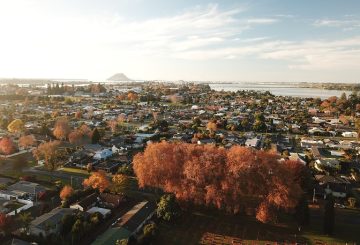贾辛达·阿登带着关于领导力的信息离开议会,透露了她的个人焦虑以及工党和政府领导层对她的影响。
在议会的最后一次演讲中,这位前总理敦促政客 “将政治从气候变化中夺走”。
她探讨了自己作为新西兰第40任总理所面临的最大挑战,包括应对华卡里-怀特岛火山爆发、3月15日的恐怖袭击、与派克河的家人合作以及在疫情期间执政。
派克·里弗家族、穆斯林社区成员、前总理以及阿登的家人和前工作人员聚集在公共画廊观看她的最后一次演讲。
阿登的女儿内夫从公共画廊向她和前副总理格兰特·罗伯逊挥手致意。
在领导工党和政府五年之后,她于1月辞去了总理职务。她将自愿担任 “克赖斯特彻奇电话会议” 的特使,向总理克里斯·希普金斯报告在社交媒体上打击暴力极端主义方面取得的进展。
周二,他宣布任命她为特使——并表示她拒绝获得担任该职务的报酬。
阿登在讲话中说,在克里斯·希普金斯担任总理的情况下,新西兰 “处于良好状态”。
来源:stuff.co.nz






























































